Audi A5 Cabriolet (2017-2022) engines, drive and performance
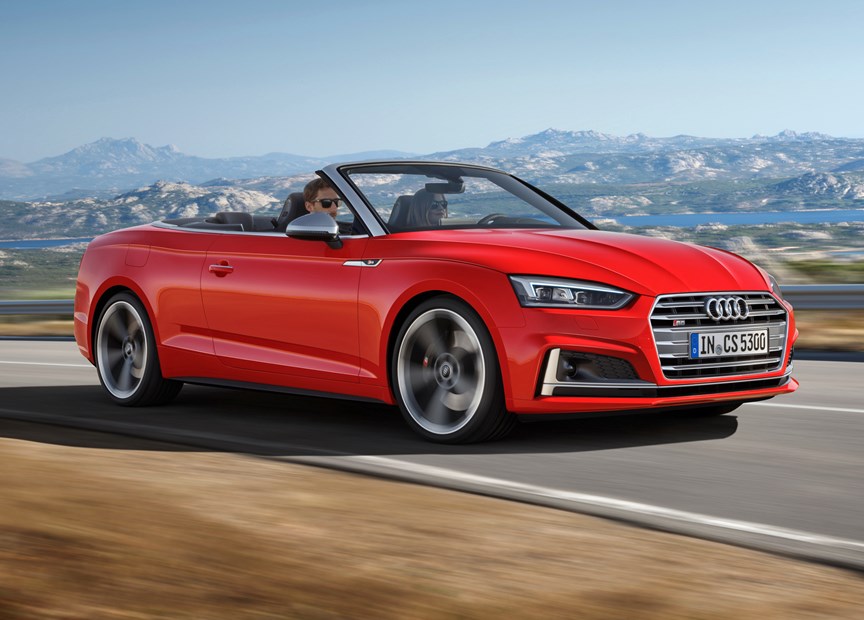
- Five engines originally available to choose from
- Manual, automatic and twin-clutch auto on offer
- Audi Drive Select to flick between drive modes
At launch in 2017, there was a choice of two diesel engines and two petrol engines to pick from on the A5 Cabriolet, with a further high-performance V6 petrol in the S5 Cabriolet.
Each option has its advantages and in the main they’re all refined and perfectly fit for purpose – exactly what you’d expect from Audi. As of late 2019, however, the line-up has been slimmed down ahead of the car’s facelift in early 2020, while the engines received some name changes in 2019, too.
TDI diesels
Two diesel engines were available in the A5 Cabriolet, which can be found elsewhere in the Audi range. There’s a 2.0-litre TDI with 190hp (later rebadged to 40 TDI) and a generous 400Nm of torque. This comes exclusively with a seven-speed S Tronic automatic gearbox.
This engine is capable of powering the A5 from 0-62mph in 8.3 seconds and onto a top speed of 145mph, but if you opt for this engine with Quattro all-wheel drive, the 0-62mph sprint drops to 7.8 seconds.
The A5 fitted with this engine feels very accomplished to drive. It helps that the gearbox always has the right gear to hand when you’re accelerating, which keeps the engine in its ideal power band, but the motor itself is also extremely smooth – and thanks to the incredibly well-insulated cabin, almost silent on the move – you’d struggle to recognise it’s a diesel in most situations.
If you wanted a more powerful TDI, there’s a 3.0-litre V6 TDI pushing out 218hp and 400Nm of torque, and is capable completing the 0-62mph sprint in 6.8 seconds, and will go on to reach 149mph. Like the 2.0 TDI, it comes with an automatic gearbox, but only with Quattro all-wheel drive.
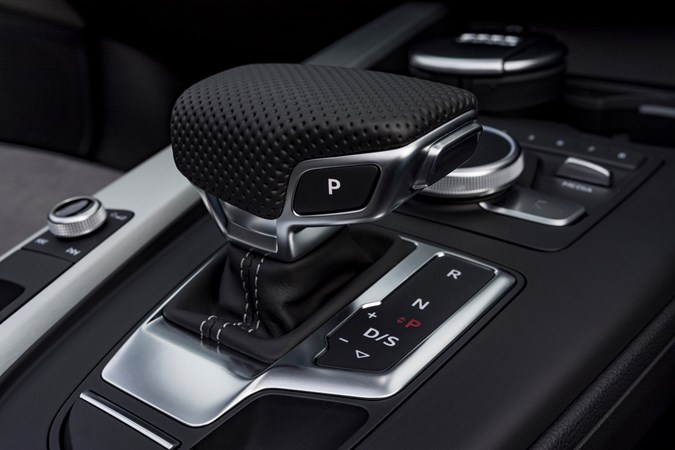
TFSI petrol power
There are two petrol engines – badged TFSI – if you prefer petrol to diesel. The first option is a 2.0-litre with 190hp (later rebadged to 40 TFSI) and 320Nm paired with a six-speed manual (the only engine available with a manual gearbox) or a seven-speed S tronic dual-clutch auto.
In both manual and auto form it’ll go from 0-62mph in 7.9 seconds, with top speeds of 148mph and 147mph respectively. Both of these versions only come with front-wheel drive.
The 190hp petrol is more than adequate for most drivers’ needs. It’s almost silent in operation but pulls well from low revs and works seamlessly if you go for the automatic gearbox. It’s a good package and occupies a sweet spot in the range between the low-cost diesel and the high-excitement S5, meaning it’s a decent compromise.
If you demand a bit more oomph from your A5, there’s also a 252hp 2.0-litre TFSI (later bumped down to 245hp and rebadged as 45 TFSI) to go for with 370Nm of torque. Coming exclusively with a seven-speed automatic gearbox and Quattro all-wheel drive, it’ll sprint from 0-62mph in 6.3 seconds, and will reach 149mph at top speed.
Audi S5 Cabriolet
The highest-performing option gets a 3.0-litre TFSI petrol V6 with 354hp and Quattro all-wheel drive mated to an eight-speed automatic gearbox. With a 0-62mph time of just 5.1 seconds, it’s easily the most rapid version of the A5 Cab, with an electronically-limited top speed of 155mph.
This engine is by far the most exciting in the range, with more than enough power for any situation. It sounds great too, with a deep rumble at low speeds followed by increasing volume and frequency as the revs increase.
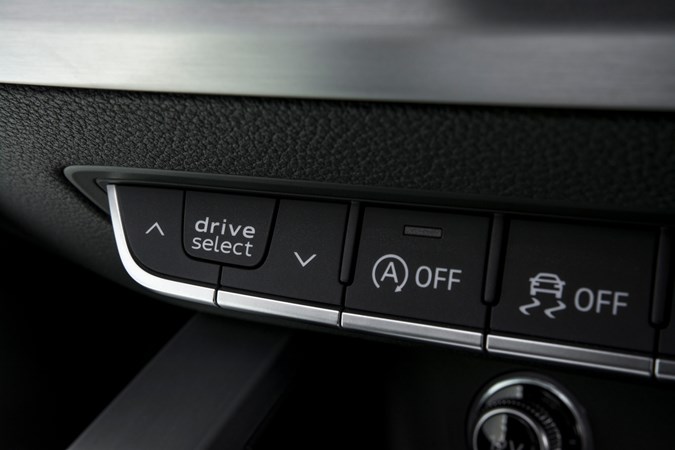
Audi Drive Select
Controlled by a switch below the main infotainment screen, the Drive Select system allows the driver to tailor the car’s characteristics to the type of driving they’re doing. For example, on your favourite B-road switch to Dynamic and it’ll sharpen up the throttle response and tell the gearbox to hold onto each gear for longer, making for feistier performance.
Comfort mode does the opposite, while an Eco mode aims for the most efficient drive and introduces a ‘coasting’ function for the gearbox, which decouples it from the engine when you lift off the throttle to save fuel. This can be disconcerting at first, but you’ll soon learn to drive around it.
The final setting is Individual, which allows the driver to set up their own mode based on their chosen parameters.
How does it handle?
- Very tidy and controlled to drive
- S5 is outright winner here
- Parking made easier with tech
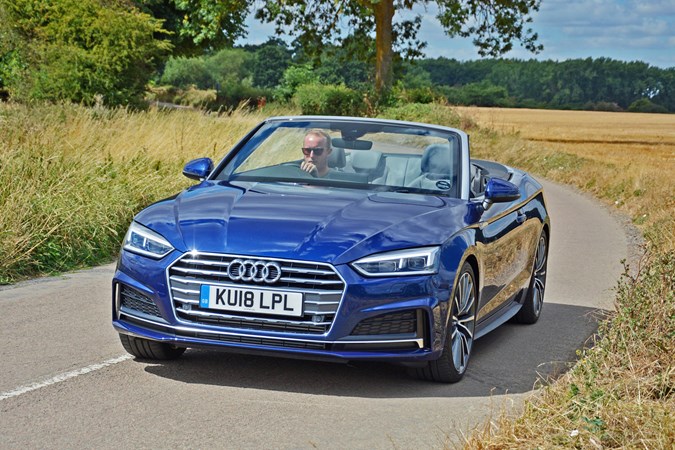
Thanks to a very stiff body shell – up to 40% more rigid than the previous generation – the A5 Cabriolet’s handling is extremely accomplished considering it lacks the strengthening a metal roof provides.
With Quattro all-wheel drive system and adaptive suspension, the A5 has huge grip reserves and balanced, confident cornering abilities. Put the Audi Drive Select system into Dynamic for a firmer, sportier set-up or leave it in Auto so it can decide for itself how the chassis should perform based on your driving.
This same system adjusts the weighting of the steering accordingly, though the difference can be hard to detect on lower-performance engines.
Even without Quattro, though, it’s a tidy handler with good body control and impressive grip. You only notice the lack of all-wheel drive in greasier road conditions, but that’s only if you have a slightly more exuberant driving style.
In reality, a front-wheel drive car will suit the majority, as the A5 Cabriolet encourages you to slow down and enjoy the ride. However, it’s nice to know it won’t unravel itself and feel too cumbersome if and when you do want to have a bit more fun.
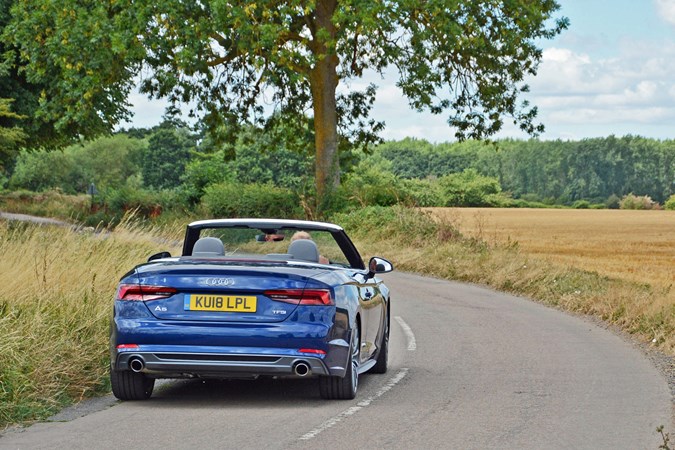
Best of the bunch
The Audi S5 Cabriolet is the best in the line-up to drive by quite some margin, because its sportier pretensions have allowed the firm’s engineers to dial in more weighting and feel to the steering, which means the driver feels a better connection with the car. In this way, it’s not far behind the likes of the BMW 440i, although not quite as involving.
We found the lesser-powered models suffered slightly due to a pronounced numbness in the front end, but this is only apparent when pressing on and frankly if you’re doing that then the S5 is the car for you anyway. The flipside is light, user-friendly steering that makes lower-speed manoeuvring easier.
Easy to park and manoeuvre
With the roof up parking can be hindered slightly by obscured vision around the rear quarters of the car, but standard parking sensors help here and you’ve also got the extra-cost option to add a 360-degree parking camera or an automatic parking system to make this easier still.


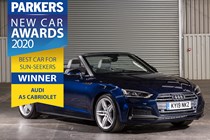
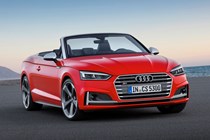
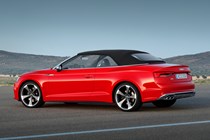
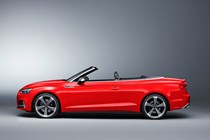
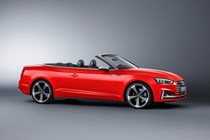


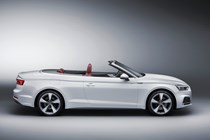
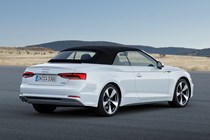
.jpg)
.jpg)
.jpg)
.jpg)
.jpg)
.jpg)
.jpg)
.jpg)
.jpg)
.jpg)
.jpg)

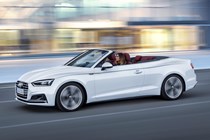
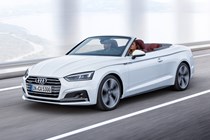
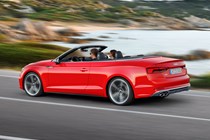
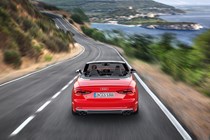
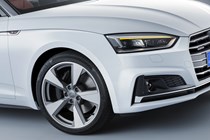
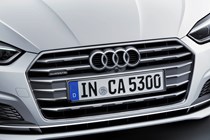
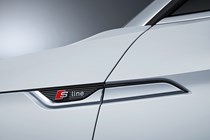
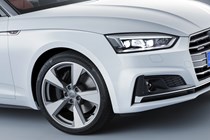
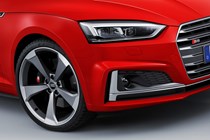
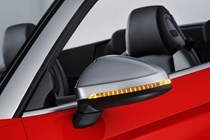
.jpg)
.jpg)
.jpg)
.jpg)
.jpg)
.jpg)
.jpg)
.jpg)
.jpg)
.jpg)
.jpg)
.jpg)
.jpg)
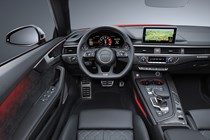
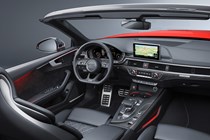


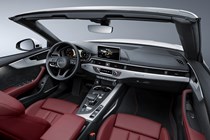
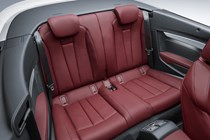
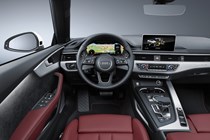
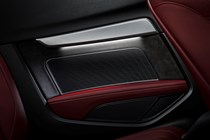
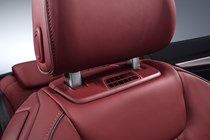
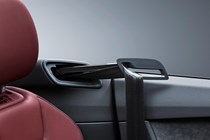
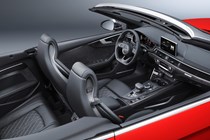
.jpg)
.jpg)
.jpg)
.jpg)
.jpg)
.jpg)
.jpg)
.jpg)
.jpg)
.jpg)
.jpg)
.jpg)
.jpg)
.jpg)
.jpg)
.jpg)
.jpg)
.jpg)
.jpg)
.jpg)
.jpg)
.jpg)
.jpg)
.jpg)
.jpg)
.jpg)
.jpg)
.jpg)
.jpg)
.jpg)
.jpg)
.jpg)
.jpg)
.jpg)
.jpg)
.jpg)
.jpg)
.jpg)
.jpg)
.jpg)
.jpg)
.jpg)
.jpg)
.jpg)
.jpg)
.jpg)
.jpg)
.jpg)
.jpg)
.jpg)
.jpg)









.jpg?quality=50)
.jpg?quality=50)
.jpg?quality=50)
.jpg?quality=50)
.jpg?quality=50)
.jpg?quality=50)
.jpg?quality=50)
.jpg?quality=50)
.jpg?quality=50)
.jpg?quality=50)
.jpg?quality=50)











.jpg?quality=50)
.jpg?quality=50)
.jpg?quality=50)
.jpg?quality=50)
.jpg?quality=50)
.jpg?quality=50)
.jpg?quality=50)
.jpg?quality=50)
.jpg?quality=50)
.jpg?quality=50)
.jpg?quality=50)
.jpg?quality=50)
.jpg?quality=50)











.jpg?quality=50)
.jpg?quality=50)
.jpg?quality=50)
.jpg?quality=50)
.jpg?quality=50)
.jpg?quality=50)
.jpg?quality=50)
.jpg?quality=50)
.jpg?quality=50)
.jpg?quality=50)
.jpg?quality=50)
.jpg?quality=50)
.jpg?quality=50)
.jpg?quality=50)
.jpg?quality=50)
.jpg?quality=50)
.jpg?quality=50)
.jpg?quality=50)
.jpg?quality=50)
.jpg?quality=50)
.jpg?quality=50)
.jpg?quality=50)
.jpg?quality=50)
.jpg?quality=50)
.jpg?quality=50)
.jpg?quality=50)
.jpg?quality=50)
.jpg?quality=50)
.jpg?quality=50)
.jpg?quality=50)
.jpg?quality=50)
.jpg?quality=50)
.jpg?quality=50)
.jpg?quality=50)
.jpg?quality=50)
.jpg?quality=50)
.jpg?quality=50)
.jpg?quality=50)
.jpg?quality=50)
.jpg?quality=50)
.jpg?quality=50)
.jpg?quality=50)
.jpg?quality=50)
.jpg?quality=50)
.jpg?quality=50)
.jpg?quality=50)
.jpg?quality=50)
.jpg?quality=50)
.jpg?quality=50)
.jpg?quality=50)
.jpg?quality=50)